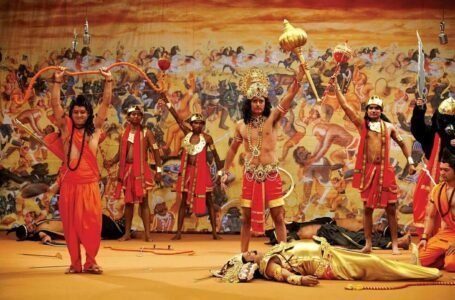Bhimbetka Rock Shelters: A adventure via Prehistoric India
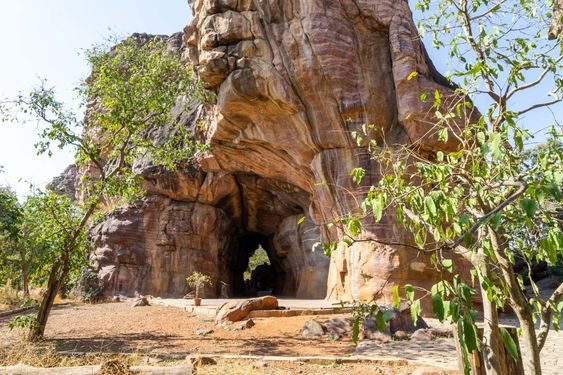
An archaeological site Raisen district of Madhya Pradesh, Bhimbetka Rock Shelters shows how prehistoric population in India lived. These shelters, the World heritage website declared in 2003, are some of the oldest archaeological resources pointing to human presence in the Indian subcontinent. The rock shelters function an in depth collection of prehistoric art, from paleolithic age to the neolithic and early historical period, thereby is a wealthy and useful resource to research the social and cognitive evolution of early Homo. Here is the weblog dedicated to the records, discovery, and relevance of the Bhimbetka Rock Shelters: go to and, more to the point, discover the journey throughout which extraordinary herbal formations are transformed into one of the most significant websites on the earth.
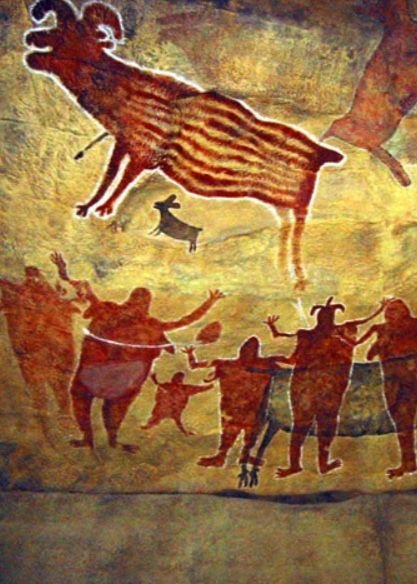
Going by the earliness of the Bhimbetka Rock Shelters records, this site is one of the oldest only of profession on the face of the earth. The identify ‘Bhimbetka’ has been formulated by meshing the Arabic countenance of Bhima from the Indian epic, Mahabharata, with ‘Betka’ signifying ‘sitting’ or ‘dwelling place’. This mythology underlines the connection to ancient culture and history of the site.
It turns out that such shelters have been occupied by early human beings at some stage of the decrease Paleolithic period, which has been estimated to be approximately a hundred thousand years ago. The initial inhabitants of Bhimbetka were the mesolithic artisans who relied on stone tools for looking nad food fetching. Moving from the Mesolithic Age to Neolithic Age, people were already more sophisticated in the gears they used and administration of early forms of agriculture. Groups continued to use the website over millennia; traces of human activity have been dated back to the Bronze Age and even to the early historic period.
Bhimbetka Rock Shelters are particularly well-known for a great many painted and engraved artwork that gave the world a glimpse of the earlier historically-known standards of living of early man. these artwork, prepared with natural pigments and that are painted on the cavities of the rocks, are among the oldest ever made by humans and their oldest are estimated to be about 30000 years old. The art work represents numerous topics, associated with looking scenes, animals, human figures and non secular symbols, evaluating with the altering social norms of populations who inhabited the space.
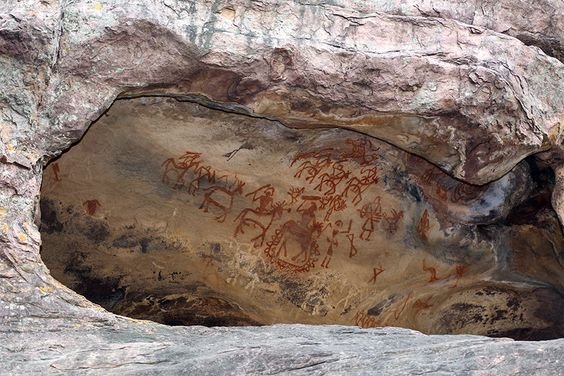
Adventure to Bhimbetka
It is enthralling during the visit to the Bhimbetka Rock Shelters as it is a both history and nature trip. located about 45 km south of Bhopal, the capital city of Madhya Pradesh, it is rather easy to access by street. The route to Bhimbetka runs through the opulent forests of the Ratapani Wildlife Sanctuary and contains information on the distance of the ride. The erasing and combined with the historical background of the web page makes the tour to Bhimbetka a virtually enjoyable one.
As individuals and groups of people approach the rock shelters the landscape changes significantly; the huge rocks crop out from the ground. these formations, carved out over tens of millions of years of geological leisure, are a good show. These shelters are spread over area of about 10 km and five main clusters are accessible for public. every” cluster embraces a lot of rock shelters, and each of them presents different aspects of prehistoric life, sometimes even separated varieties of art and different levels of preservation.
One of the largest and easily explored clusters is the so-called “Auditorium Cave” – the name given for its resemblance to a large auditorium. This one of the biggest caves of Bhimbetka carries frescoes of searching, dancing and worship. The artwork in the Auditorium Cave are very good in the usage of purple and white pigments which were derived from certainly going on minerals. Those scenes shown are invaluable in providing a glimpse of the way of life, culture and customs of the inhabitants of the region way before.

Some other essential refuges are the “Zoo Rock,” which takes its title from the excessive degree of images of animals painted on the wall. The artwork at Zoo Rock involve photographs of elephants, bison, deer, tigers and among others. these animals must have been tremendous useful to the individuals who painted the paintings; not just within the capability of meals however in addition within the capability of symbols of the people’s faith and culture. By establishing the acting and usefulness of the animals in those paintings, it shows that the artists were conversant with the natural world international and its populations.
The “Boar Rock” shelters is every other first-rate site at Bhimbetka; there is a large painting of a boar and within it there are separate paintings of animals and people. The narrow side view of the boar is vigorous, almost quarrel and that is if the tail were a symbol of strength or electricity. In this portray, both perspective and shadings are well-executed and are especially conspicuous, thus suggesting a certain amount of skill and artistic skill on the part of the artist.
Excavation
The tales of the invention and the following excavation of the Bhimbetka Rock Shelters therefore bear testimony to the fact that cultures should be preserved. despite the fact that the community inhabitants at the vicinity has for centuries been cognizant of the rock shelters, they were only properly recognized by using the greater archaeological circle in the middle of the twentieth century. The credit for drawing the attention of the sector to Bhimbetka goes to Dr. Vishnu Shridhar Wakankar, a renowned Indian archaeologist who is often described as the ‘father of rock artwork research’ in India.
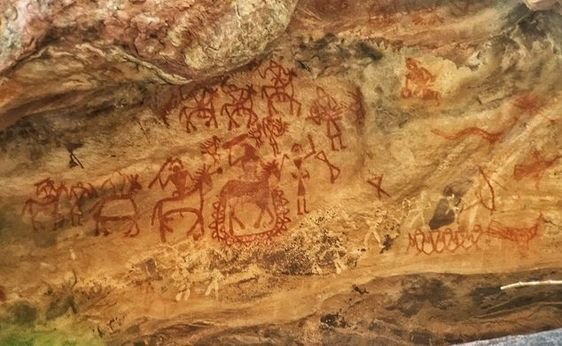
Dr. Wakankar commenced journeying through the train through the Vindhya range in 1957 when he noticed the peculiar rock formations in the area. Interested, he said he would find the website in addition, which led him towards the giant rock paintings at Bhimbetka. Soon after this find was revealed, several local archaeologists and historians from the sector took an interest in it. The paintings done by Dr. Wakankar in Bhimbetka provided the basis for next diggings and researches which have been going on for several decades now.
In all the diggings made in Bhimbetka are rich in items and evidences of pastime of human beings, which are treasured findings to been able to understand how those occupants of the place have evolved over the centuries. the biggest finds include the stone pointers that surround the place, who had been used in the decrease Paleolithic period. these implements made from stone?available regionally are hand axes, scrapers and choppers all of which have been used by early people for hunting, feeding and other commonplace activities.
Besides the stone implements, beads and pottery fragments and animal bones and stays have also been found by archaeologists. such findings support that the people that lived at Bhimbetka hunted, fished, gathered foods, painted, and dwelled. The records in pottery prove that the website online was used in the course of the neolithic period when early humans began to improve their tools and techniques for living collectively.

The most enormous feature of Bhimbetka is the paintings that adorn the shelter wall. such painted images, which were produced for hundreds of years, offer a perspective that is entirely different from what we have on the thinking of early man. The artwork at Bhimbetka can be defined in terms of the use of natural pigments, mainly purple and white ochre, figures, animals as well as abstract motifs. ; the oldest art work found at the site are thought till now pertaining to the top Paleolithic period 30,000 years ago or so and may be among the oldest ones in existence.
The period of the Bhimbetka rock artwork is large not only by using its age but additionally by the range and intricacy of its types. It is extensive from easy line drawings to complex designs and a number of the work cowl entire walls of the shelters. The represented topics concern with hunting scenes, the spiritual death customs, and daily existence, thus making valuable record of the great culture and beliefs of those who once inhabited the area.
Conclusion
The Bhimbetka Rock Shelters are evidence of creative spirit of human beings. these historical shelters supported by excellence rock arts and archeological features give a unique view of our prehistoric past ancestors. The paintings and sculptures revealed in and around Bhimbetka are not merely art; they might well be the storyboard of the early man’s civilization and their methodology of living, their beliefs, and their norms.
The process to Bhimbetka isn’t simply a travel through space but also time, which transports visitor’s back to a time when people were only starting to learn and interact with the world around them. The archeological significance of the rock shelters is in that they lay down history right to the prehistoric times of art work and artifacts that present the complicated and lengthy history of human civilization.
So as we continue to learn and protect the Bhimbetka Rock Shelters we ensure that all the knowledge and understanding of these early peoples is passed to the future generations directly. Temporal dwellings are a sign that humans have always been wealthy culturally, and they provide a great emphatic allegory to humanity’s kinship with history.

Finally, the Bhimbetka Rock Shelters are a lot more than simply an archaeological web site but in addition a supply of creativity and wonder. They offer an unprecedented possibility to get acquainted with the roots of human subculture and to plug into the prehistoric beyond on a grand scale. In the long run, the continuing occupation and inspection of the Bhimbetka Rock Shelters will remain immensely important to retain this distinctive resource as a storehouse of information and expertise for the future generations.


